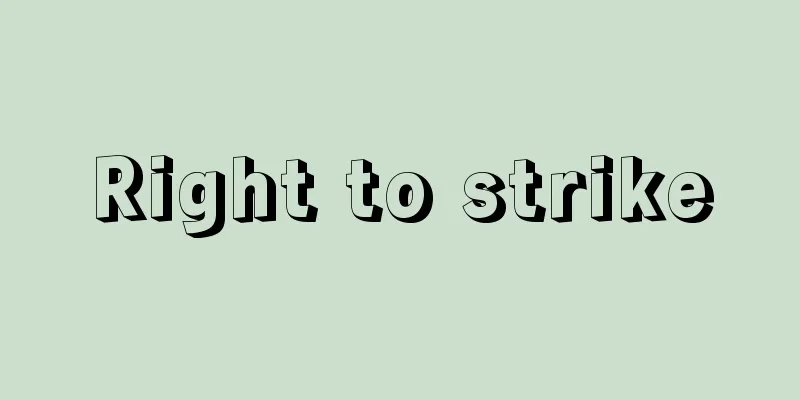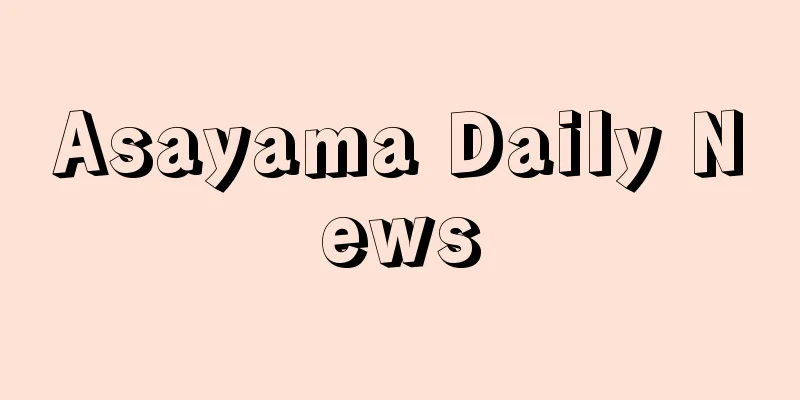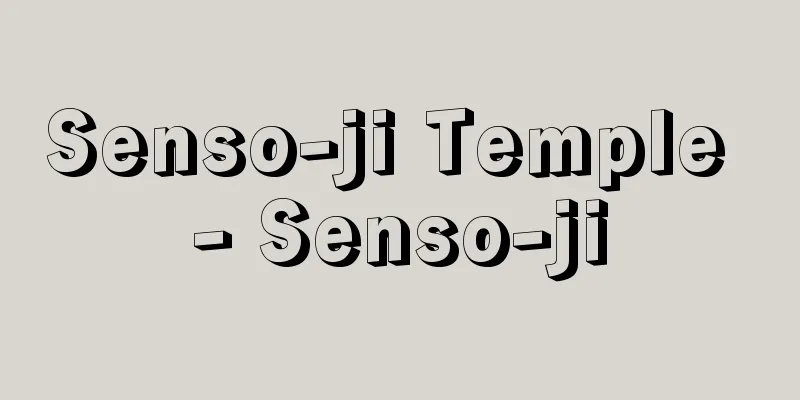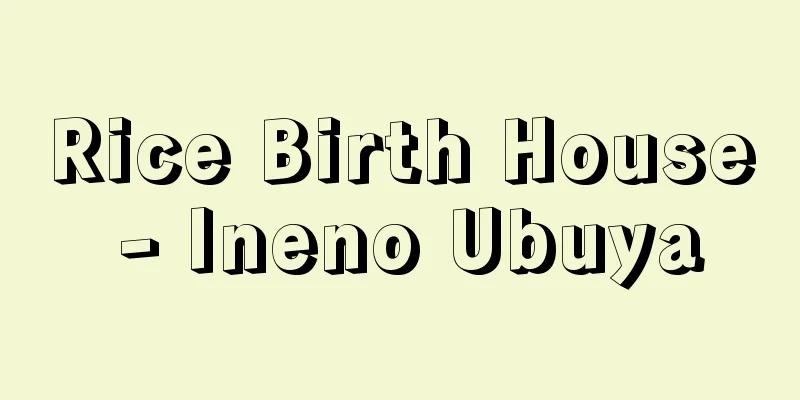Right to strike

|
The right of workers to take industrial action to realize demands such as improvements to working conditions. Article 28 of the Japanese Constitution guarantees workers' "right to organize and to bargain collectively and to take other collective action," and although it does not use the term "right to strike," it is understood that the right to strike is guaranteed since "other collective action" is typically an act of labor strike. Historically, strikes, for example, were initially punished as restricting the freedom of trade and disrupting social order, because strikes are actions in which workers refuse to provide labor based on a desire to organize and put pressure on employers. With the subsequent development of the labor movement, strikes were no longer punished as criminal offenses, but employers countered by demanding compensation for damages suffered as a result of strikes. However, such pursuit of civil liability was eventually prohibited, and in addition, employers were also prohibited from imposing disadvantages on workers for strikes. The current right to strike in Japan is generally at this level, although there are still significant restrictions, as we will see later. In other words, the state cannot use police power to intervene in disputes, and labor disputes themselves are no longer punishable as a crime (Labor Union Law, Article 1, Paragraph 2, Criminal Immunity). Employers cannot demand compensation for damages incurred as a result of legitimate labor disputes (Labor Union Law, Article 8, Civil Immunity), and dismissing employees or treating them unfavorably because of labor disputes is prohibited as an unfair labor practice (Labor Union Law, Article 7, Paragraph 1). In the Constitution, it is workers who have the right to strike, but in view of the collective nature of labor disputes, this also includes labor unions and labor organizations (such as labor dispute groups). Employers are not the subjects of the right to strike, but since the Constitution recognizes the formation of new labor-management relations through the confrontation between labor and management, it cannot be considered that employers' counter-actions, such as lockouts, against labor disputes are completely prohibited. There are cases in which non-preemptive and defensive counter-actions that do not negate the labor right to strike are permitted. The actions of workers participating in a dispute are considered to be the actions of the group itself, based on a unified will to organize. Therefore, apart from any actions that deviate from that, even if the dispute action is illegal, it is the collective that bears legal responsibility. A dispute action is exempt from responsibility if it is "legitimate," but its legitimacy is generally determined by a comprehensive evaluation of the means, manner, and purpose of the dispute action. In this case, since a dispute action is broadly guaranteed for the improvement of working and living conditions, and is not simply a means-based right to favor collective bargaining, even in the case of a political strike that raises demands that employers cannot directly resolve, if it is related to the improvement of working and living conditions, such as opposing the worsening of the Labor Standards Act, it is considered that it does not lose its legitimacy. The biggest problem with the right to strike in Japan at this stage is the total prohibition of strikes by public sector workers. This is in contrast to the trend toward relaxing the prohibition in Western countries and the ILO (International Labor Organization). In addition, the Labor Relations Adjustment Law prohibits strikes against safety facilities (Article 36), requires 10 days' notice before strikes in public utilities (Articles 37 and 39), and prohibits strikes for 50 days when emergency adjustment is decided (Articles 35-2 to 35-5, 38 and 40). In addition, the so-called Strike Regulation Law places restrictions on the methods of strikes in the electricity and coal mining industries (Articles 2 and 3), and seafarers are prohibited from striking in certain cases (Seafarers Law Article 30). These are some of the restrictions on the right to strike. [Mikio Yoshida] "The History of Judicial Precedents on the Right to Strike" by Kazuhisa Nakayama (1975, Ichiryusha) " "The Collected Works of Heiji Nomura 4: The Development of the Doctrine of the Right to Strike" (1978, Labor Junposha)" "The University of Tokyo Labor Law Study Group (ed.), "Dust Disputes and Public Employment" (1983, Yuhikaku) [References] | | |Source: Shogakukan Encyclopedia Nipponica About Encyclopedia Nipponica Information | Legend |
|
労働者が労働条件の改善などの要求を実現するために争議行為を行いうる権利。日本国憲法第28条では、労働者の「団結する権利及び団体交渉その他の団体行動をする権利」を保障するとし、「争議権」ということばはないが、「その他の団体行動」の典型が争議行為であるところから、争議権が保障されていると解されている。争議行為に対しては、たとえばストライキを例にとると、労働者が団結意思に基づいて労務の提供を拒否し、使用者に圧力を加えるものであるため、歴史的には当初、取引の自由を制約し社会の秩序を乱すものとして刑罰が科せられた。その後の労働運動の発展により、刑罰からは解放されることになったが、そうなると使用者は、争議行為により被った損害の賠償を請求することにより対抗した。しかし、やがてこのような民事責任の追及も許されなくなり、加えて、争議行為に対して使用者が不利益を課すことも禁止されるに至った。現在の日本の争議権は、のちにみるように重大な制約を残しているが、一般的にはこの水準に位置する。つまり、国家は警察力をもって争議に介入できず、争議行為自体はもはや犯罪として処罰されない(労働組合法1条2項、刑事免責)。また、使用者は正当な争議行為によって被った損害の賠償を請求できず(同法8条、民事免責)、さらに、争議行為を理由に解雇その他の不利益取扱いをすることは不当労働行為として禁止されている(同法7条1号)。 争議権を有するのは、憲法の表現上からは労働者であるが、争議行為の集団的性格からみて、労働組合ないし労働者の団結体(たとえば争議団)も含まれる。使用者は争議権の主体ではないが、憲法が労使の力の対抗関係を通じて新たな労使関係を形成することを認めている以上、労働者の争議行為に対する使用者のロックアウトのような対抗行為がいっさい禁止されているとは考えられない。労働者の争議権を否定することにならないような非先制的で防衛的な対抗行為であれば許される場合がある。 争議参加労働者の行為は、統一的な団結意思に基づく集団自体の行為と考えられるから、それから外れた行為は別にして、かりにその争議行為が違法な場合でも、法的責任を負うのは団結体である。争議行為が責任を免れるのは、それが「正当」な場合であるが、その正当性は一般に争議行為の手段、態様および目的などを総合評価して決せられる。その際、争議行為は広く労働・生活条件の向上のために保障されているのであって、単に団体交渉を有利に導くための手段的権利ではないから、使用者が直接解決できない要求を掲げた政治ストのような場合であっても、労働基準法の改悪に反対するなど労働・生活条件の向上と関連するものであれば正当性を失わないと考えられる。 ところで、日本の現段階での争議権についての最大の問題は、官公労働者の争議行為が全面的に禁止されていることである。欧米諸国やILO(国際労働機関)では禁止緩和の方向にあるのと対照的である。そのほか、労働関係調整法では安全保持施設に対する争議行為の禁止(36条)や公益事業での争議行為の10日前の予告義務(37条・39条)、さらに、緊急調整が決定された場合の50日間の争議行為の禁止(35条の2~5・38条・40条)を規定する。また、いわゆるスト規制法は電気事業および石炭鉱業での争議行為の方法に制約を加え(2条・3条)、船員は一定の場合に争議行為が禁止される(船員法30条)などの争議権の制約が存在する。 [吉田美喜夫] 『中山和久著『争議権裁判例の軌跡』(1975・一粒社)』▽『『野村平爾著作集4 争議権法理の展開』(1978・労働旬報社)』▽『東京大学労働法研究会編『争議行為・官公労』(1983・有斐閣)』 [参照項目] | | |出典 小学館 日本大百科全書(ニッポニカ)日本大百科全書(ニッポニカ)について 情報 | 凡例 |
>>: Airborne early warning aircraft
Recommend
Magic Mirror
〘Noun〙 ( Western word magic mirror) A semi-transpa...
Jartoux, Pierre
[Birth] 1668 [Died] November 30, 1720. A French Je...
surgery
…In Japan, the word “surgery” is used because it ...
Mahabharata - Mahābhārata (English spelling)
It is a great Sanskrit epic poem from ancient Ind...
Lent lily
…However, because it is somewhat difficult to cul...
assignable cause
...One is the variation that occurs even when the...
Briquettes - Rentan (English spelling)
A type of carbonaceous solid fuel. It is a solid ...
Kiemon-ryu
...The shamisen accompaniment has some similariti...
Adulterous Bible (English)
…However, there have been many examples throughou...
circularly polarized light
…The polarized light obtained by a polarizing pla...
Sukagawa [city] - Sukagawa
A city in central Fukushima Prefecture. It was inc...
《Po prostu》 (English spelling) Poprostu
…During the German occupation (1939-45), the scho...
Agumi
…There is some debate about its relationship with...
Remembrance - Ejo
… However, at the age of 47, in April 87 (Bun'...
Air defense
To defend against attacks from the air by aircraf...









